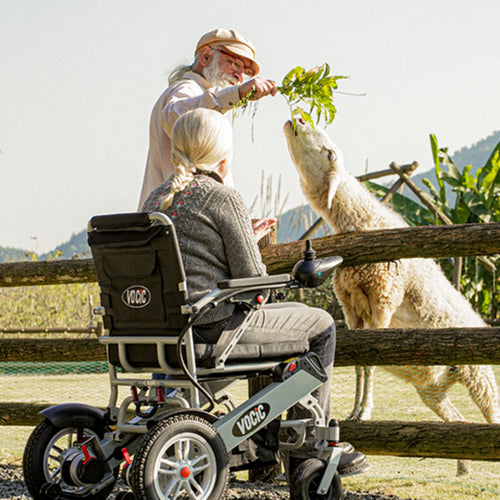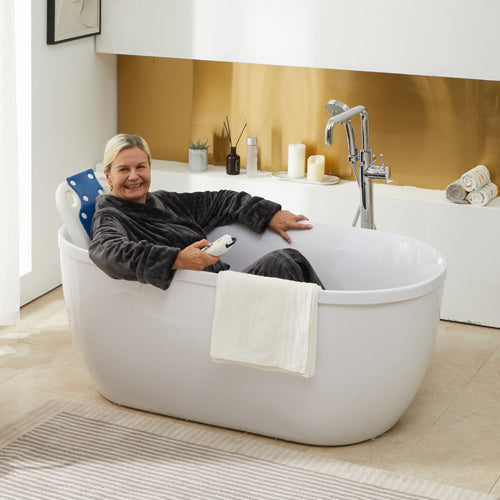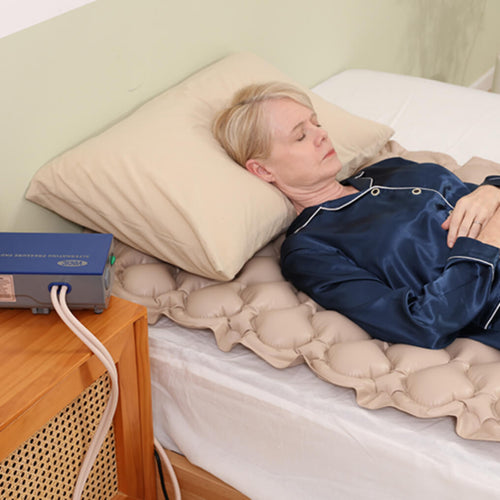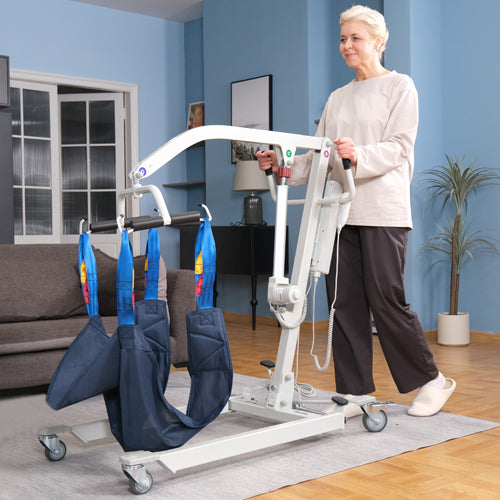“I am hoping that I can stay on this thing for 20 years. But I know the reality is that it probably won’t be more than a year.” Kevin Turner played fullback during his eight-year NFL career. He retired in 1999. He was diagnosed with ALS in 2010 and Turner raised awareness about concussion issues in football while fighting the incurable disease.
Kevin’s words depicted the immense suffering faced by ALS patients and their families. It’s as if every day for an ALS patient is a countdown to the end of life. The past and the present are forcibly separated into disconnected fragments. "ALS came invisibly and slowly, creeping in. It has stolen my best years and dreams," said Are, a patient with Lou Gehrig's disease (ALS).
What is Amyotrophic Lateral Sclerosis?
Amyotrophic Lateral Sclerosis (ALS) is a fatal motor neuron disease. It causes the nerve cells in the spinal cord and brain to gradually deteriorate. This disease is often referred to as Lou Gehrig's disease, in honor of the famous baseball player who died from it. ALS causes nerve cells to stop functioning and die. As a result, the nerves lose the ability to trigger specific muscles, leading to muscle weakness and eventually paralysis.
Symptoms and Diagnosis of ALS
Early Stage
The onset of ALS can be very subtle, and early symptoms are often overlooked. Initial signs typically include muscle weakness or atrophy, usually appearing on one side of the body, along with difficulty swallowing or breathing, muscle cramps or stiffness, and slurred or nasal speech. Limb-onset ALS usually starts in the arms or legs; when it affects the legs, patients may feel clumsy or trip, and when it affects the arms, they may have difficulty performing fine motor tasks. Bulbar-onset ALS primarily manifests as difficulty speaking and swallowing, and some patients may experience respiratory muscle involvement. As the disease progresses, the ability to move, swallow, and speak gradually deteriorates.
Mid Stage
While the initial symptom sites and progression rates vary among individuals, the areas first affected typically become the most severe and spread to adjacent regions. For instance, symptoms starting in one arm usually spread to the other arm or the leg on the same side. Bulbar-onset symptoms often spread to the arms, while arm-onset symptoms spread to the legs and bulbar regions. Eventually, most patients lose the ability to walk or use their arms independently, may lose the ability to speak and swallow, and respiratory muscle weakness can shorten life expectancy.
Late Stage
Chewing and swallowing difficulties can make eating very challenging (dysphagia) and increase the risk of choking or food aspiration into the lungs. In the late stages of the disease, aspiration pneumonia can occur, maintaining a healthy weight can become a significant issue, and a feeding tube may be needed.
Treatment and Management of ALS
ALS currently has no cure, and there are no proven treatments. However, the FDA has approved medications such as Riluzole, Edaravone, and Sodium Phenylbutyrate/Taurursodiol.
For most ALS patients, the primary treatment may involve symptom management. This could include physical, occupational, speech, respiratory, and nutritional therapy. Some medications and heat or whirlpool therapy may help alleviate muscle cramps. Moderate exercise may help maintain muscle strength and function.
Due to the decline in muscle strength, ALS patients, under their doctor's advice, will choose assistive equipment to assist with daily living. These include walking mobility aids, home care products, bathing aids, daily aids, and oxygen products.
How to Choose a Assistive Equipment for ALS
As mentioned above, ALS patients exhibit different symptoms at various stages. They need different assistive equipment. In the early stages, patients might only require some lightweight assistive devices, while in the later stages of the disease, they may need more complex equipment.
Walking Mobility Aids to Reduce Muscle Pain
ALS patients who need to use walking mobility aids are usually those in the early or middle stages of experiencing leg weakness and balance issues.

- Canes: Suitable for individuals who can use a single-handed walking aid independently.
- 4 Wheel Rollator Walker: Foldable rollator walker with seat, allowing the user to walk without lifting the walker. The brakes provide extra safety when going downhill. It is foldable for easy transport, and many models come with a seat for resting when fatigued.
- Manual Wheelchairs: Ideal for individuals with sufficient upper body strength.
- Transport or Companion Wheelchairs: Lightweight models pushed by a caregiver.
- Powered Wheelchairs: Motorized wheelchairs controlled by a joystick or puff-sip device, primarily for individuals with quadriplegia or those unable to maneuver a regular wheelchair.
- Foldable Mobility Scooters: Provide motorized transport for individuals who need or prefer powered mobility. These mobility scooters can be used indoors and outdoors and are available in front-wheel and rear-wheel drive models. They also come in lightweight versions that can be disassembled for easy transport.
Home Care Products
In the middle to late stages of ALS, muscle weakness and loss of motor function may prevent patients from moving independently, leading to prolonged bed rest.

- Air Mattress for Pressure Sores: Using an air mattress can help prevent bed sores in bedridden patients.
- Safety Rails and Grab Bars: Provide stability when getting up, sitting down, or during accidental falls.
- Electric Hoyer Lifts for Home Use: Reduce the risk of injury to caregivers when transferring patients from bed to wheelchair or vice versa.
- Incontinent Underpads: Protect beds, chairs, and other surfaces from urine and other bodily fluids.
- Overbed Tables: These are available in flat or tilt models.
- Bedside Commode: Comes with a removable bucket and can be easily converted for use directly over a toilet.
Bathing Aids for Bathing Independently
These products are suitable for ALS patients who are gradually losing muscle strength or have balance issues.

- Bath Lift Chair: Allows easy access to the bathtub, enables changing bathing positions, and provides immersive bathing.
- Bedpans and Urinals
- Raised Toilet Seats
- Electric Toilet Lift: Adjusts the height of the toilet to reduce bending stress
- Bathing Chair
- Transfer Bench
- Shower Head
- Grab Bars
Daily Aids
These products are suitable for nearly all ALS patients.
- Reachers
- Dressing Aids
- Velcro Buttons
- Zipper Pulls
- Door Openers
- Light Switch Extensions
- Key Turners
- Pill Dispensers/Cutters/Crushers
- Droppers
- Long-Handled Brushes
- Bathing Tools
- Special Utensils and Dishes
Oxygen Products
ALS patients in the middle to late stages of the disease may experience respiratory muscle weakness, leading to breathing difficulties. In such cases, oxygen therapy products can provide the necessary support to help improve the patient's breathing quality.
- Oxygen Concentrators
- Oxygen Cylinders
- Nasal Cannulas
- Oxygen Masks
- Non-invasive Ventilation (NIV)
- Tracheostomy and Mechanical Ventilation
- Suction Machines
- Breathing Exercisers
- Pulse Oximeters
Is My ALS Mobility Aid Covered by Medicare?
Generally, Medicare covers 80% of the cost of doctor-prescribed durable medical equipment (DME) for home use, such as electric wheelchairs, 4 rollator walkers, and hospital beds. You can also click How Do I Get a Mobility Scooter Through Medicare? to learn how to apply; the steps and materials required for various mobility aids are quite similar.









